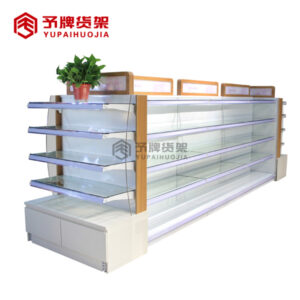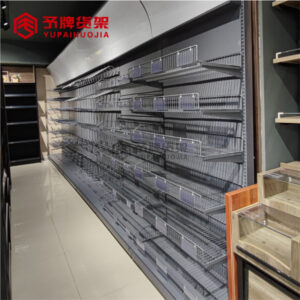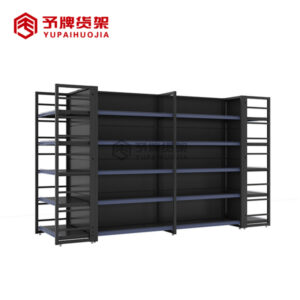The placement of goods on supermarket shelves has always been a problem. For example, the beauty products are usually placed in the back of the store, while other products like detergents and cleaning chemicals are usually at the front. How should I know where to place a certain product? If you want an answer to that question, then look no further than this article!
What are placement techniques of supermarket shelves?
There are a few different techniques that can be used when placing products on supermarket shelves. The most common is known as “facing.” This is when products are arranged so that their labels are facing the same direction. This makes it easy for customers to find what they’re looking for and also makes it easy for store employees to restock supermarket shelves.
Another common technique is called “stacking.” This is when products are arranged on top of each other in a pyramid-like fashion. This is often done with smaller items, such as cans of soup or boxes of cereal. Stacking can be a bit more difficult to do neatly, but it does save space on crowded shelves.
Finally, there is the “grouping” technique. This is when similar products are placed next to each other on the shelf. For example, all of the different flavors of yogurt might be grouped together or all of the different sizes of paper towels might be placed together. Grouping makes it easy for customers to compare similar products and find the one they want.

The role of placement techniques in the design process
There are many different factors to consider when designing supermarket shelves, but one of the most important is placement. The way that products are arranged on shelves can have a big impact on sales, so it’s important to choose the right placement techniques.
There are a few different ways to go about this. One common technique is known as “planograms”. This involves creating a detailed map of how each product should be arranged on the supermarket shelves. This can be a very effective way to boost sales, as it ensures that products are placed in the most visible and convenient locations.
Another popular technique is “zoning”. This involves dividing up the shelf space into different sections, and then placing products accordingly. For example, all of the breakfast cereals might be placed in one zone, while all of the snacks might be placed in another. This can help customers find what they’re looking for more easily, and also help to boost sales of certain products by placing them in prime locations.
There are many other placement techniques that can be used, but these are two of the most common and effective ones. By carefully considering shelf placement during the design process, you can ensure that your supermarket is set up for success!
-
 Steel stationery shop display rack for sale
Steel stationery shop display rack for sale -
 Supermarket shelves for sale in dubai
Supermarket shelves for sale in dubai -
 Pharmacy grocery display for sale
Pharmacy grocery display for sale -
 Cosmetic display shelves for shop
Cosmetic display shelves for shop -
 wholesale cosmetic display rack
wholesale cosmetic display rack -
 Supermarket Cosmetics shelves supplier
Supermarket Cosmetics shelves supplier -
 kitchenware store shelves for sale
kitchenware store shelves for sale -
 Adjustable Steel Modern Shelf Steel Shelves Grocery Shelf Mini Store
Adjustable Steel Modern Shelf Steel Shelves Grocery Shelf Mini Store -
 4 post retail shop racking display grocery item display rack supermarket shelf gondola
4 post retail shop racking display grocery item display rack supermarket shelf gondola
In what way do retailers use placement techniques?
There are various locationing techniques that supermarkets use to ensure that products are placed in the most advantageous positions on supermarket shelves. This can include using eye-level placement to ensure that products are seen by customers, as well as end-of-aisle placement to make products more accessible. Supermarkets will also use shelf talkers and other point-of-sale materials to draw attention to certain products.
What are the disadvantages of using placement techniques?
There are several disadvantages to using placement techniques for supermarket shelves. First, if the products are not placed correctly, they may not be seen by customers and may not sell as well as those that are more visible. Additionally, incorrect placement can lead to customer frustration and even anger, which can damage the reputation of the store. Finally, if products are constantly being moved around or rearranged, it can be difficult for employees to keep track of them, which can lead to errors in inventory management.
Conclusion
Locationing techniques for supermarket shelves are all about getting the right products in front of the right customers at the right time. By using these techniques, supermarkets can improve their customer service and increase sales. If you’re a supermarket owner or manager, we hope that this article has given you some ideas on how to use locationing techniques to improve your store.









